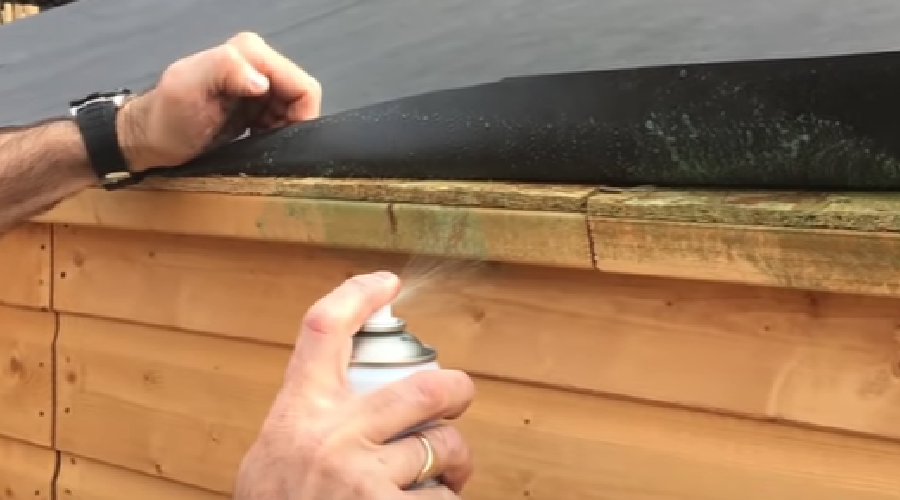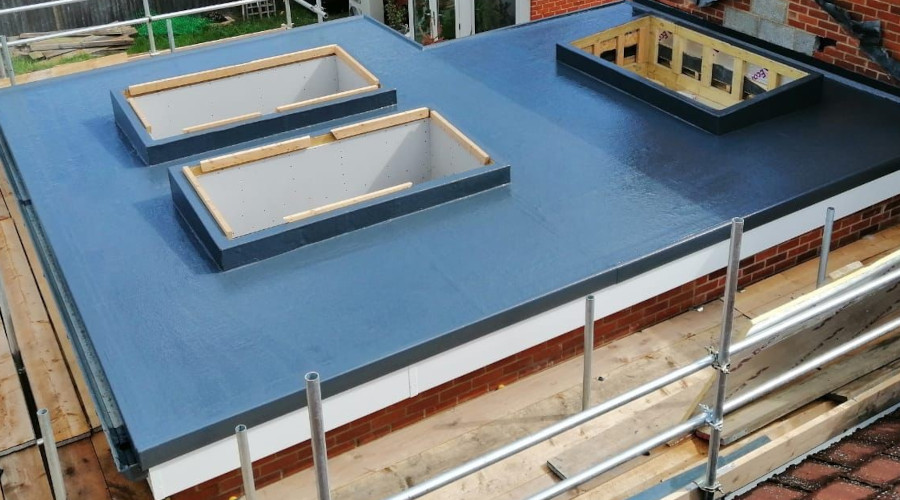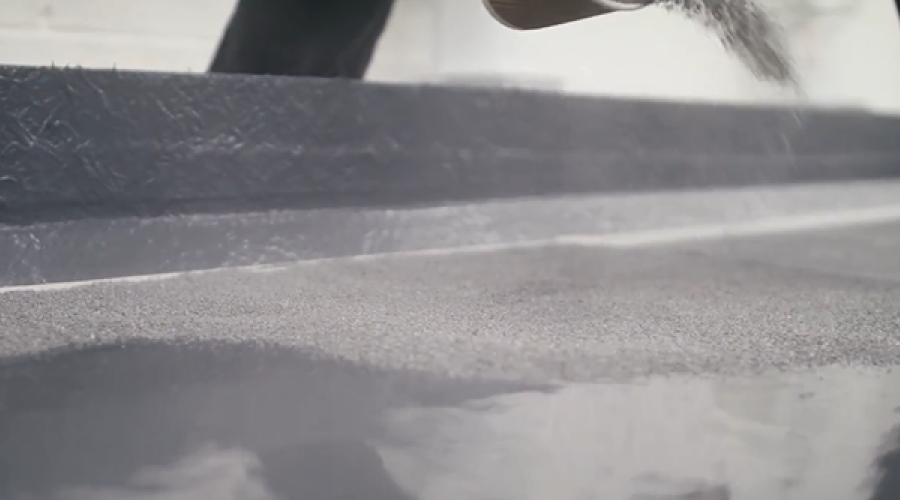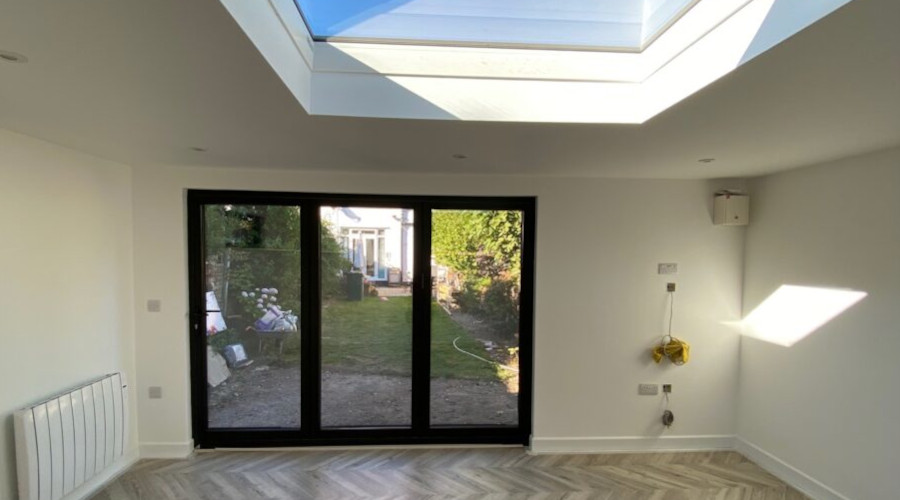Have You Been Thinking About Roofing the Shed?
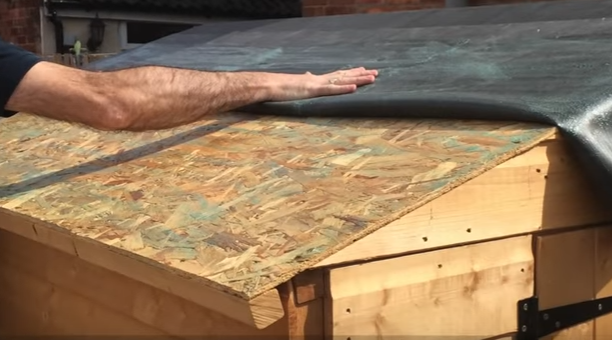
Summer is giving us a second chance to finish off the outside jobs before autumn is upon us. If you’ve been thinking about roofing the shed, now is the perfect time to get it out of the way.
Shed roofing is often handled by the handy homeowner using traditional, easy-to-apply methods, such as nailing felt to the shed roof and leaving an overhang. The trouble is that roofing the shed in this way creates entry points for the water, often in the most areas most susceptible to damage. This makes the job of roofing the shed almost an annual task.
The safety aspects of hot application for felt shed roofing
The most effective way of applying felt to a shed roof is with hot bitumen or by using the torch-down method, which melts the surface of tar paper and makes it stick to the shed roof and create the waterproofing seal.
Although effective for a little longer, using hot adhesives and methods requires a professional installer with the right equipment to carry this out safely.
Why EPDM shed roofing is perfect for DIY
EPDM membranes are ideal for shed roofing by any competent DIYer. They are durable and flexible and are typically fitted in a single sheet for standard sheds, which means no joins to worry about. EPDM is also applied using cold application and water-based adhesive, making it safe and clean to use.
Permaroof introduced the shed roof kit for the DIY market and it has proven to make roofing the shed fast and easy. Kits contain everything you need in the right quantities and takes the concern out of ordering enough adhesive or membrane. Simply measure the shed, add 300mm for overhang and order your kit online.
Order standard shed roofing kits here.
Why is EPDM better than felt?
The life expectancy of EPDM far exceeds that of any other traditional shed roofing. At 50 years, EPDM can sometimes outlast the shed itself and once installed correctly, provides 100% waterproofing and unmatched UV resistance.
Felt reacts to temperature extremes and under hot sun begins to form bubbles within the surface. As the felt cools, the bubbles create vulnerabilities and are susceptible to cracking. Once cracks appear in the felt, water can immediately begin seeping into the roof deck, leading to eventual decay and possible damage to the goods stored inside.
EPDM has been proving itself as a sustainable alternative to traditional roofing materials, far outperforming outdated felt and tar paper products over the long term. If you’ve been thinking of roofing your shed again this year, think about using an EPDM shed kit instead and enjoy the long-lasting benefits.








